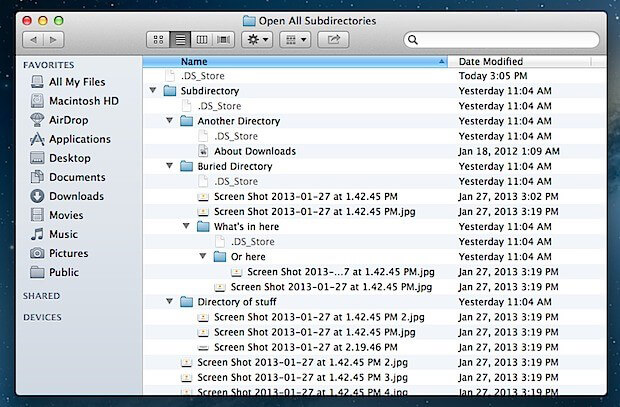Chapter 2 of 4 | Published On
HFS+ is a file system used by Mac OS to store and organize files on a computer. It is an enhanced version of the original HFS (Hierarchical File System) that was introduced with the Macintosh in 1985.
HFS+ was launched with Mac OS 8.1. It is also a hierarchical file system.
HFS+ also introduces several enhancements over the original HFS, including support for larger volumes, faster file access, and improved error recovery. It is the default file system for macOS and is used on many older Macs. However, it has been replaced by the newer APFS (Apple File System) in the latest version of macOS.

Features of HFS+
- Uses 512-byte blocks.
- Replaced gigabyte capacity of HFS with terabyte capacity. HFS+ can manage 8 exabytes due to 32-bit computing.
- Files and folders are encoded using UTF-16.
- It supports long file names, Unicode characters, and file and folder permissions.
- The first two logical blocks are used for booting.
- The third one, block 2 is used for Volume Header and does the same task as Master Directory Block in the predecessor.
- Uses an Allocation File recording data about which blocks are empty.
- Uses a Catalog File to store information about tree structure.
Drawbacks of HFS+
The Catalog File proved to be a major bottleneck.
By 2000, personal computing had evolved to the point where users were not only creating documents and spreadsheets but also downloading music and chatting with Yahoo Messenger.
The Catalog File could be used by only one process at a time and slowed down the operation.
This led to the development of the Apple File System or APFS.



